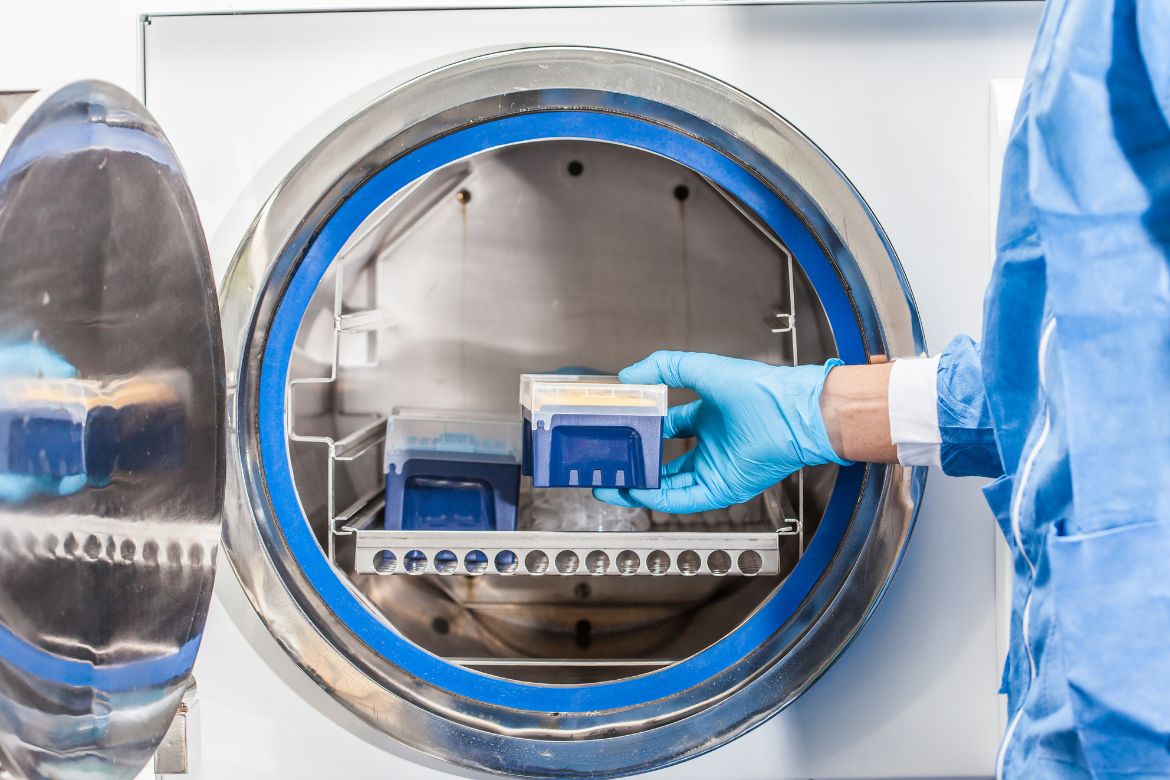5 Key Tips for Sterilization in the Laboratory
Sterilization is a pillar of importance in a laboratory because it safeguards processes and researchers. However, determining the best sterilization techniques can be challenging. Read on to learn five key tips for sterilization in the laboratory.
Understanding the Importance of Sterilization
The significance of sterilization stretches beyond routine cleanliness. It forms the foundation for experimental results and contamination prevention. Without sterilization, the data is at risk of being compromised. Any level of contamination can skew results, rendering weeks or even months of work obsolete. Moreover, contamination can pose health risks, emphasizing the importance of a sterile lab environment.
Choosing the Right Sterilization Method
The various sterilization techniques have many strengths. The best choice for your lab hinges on the nature of the equipment and the intended use. For instance, steam autoclaving is highly effective for most glassware and lab instruments. However, some materials may be sensitive to heat and require alternative methods like chemical sterilant or UV exposure. Understand the limitations and advantages of each method to select the best sterilization technique for your lab equipment.
Regular Equipment Checks
Even with state-of-the-art sterilization procedures, your equipment might not be compatible. Inspect autoclaves, ovens, and other sterilization devices to ensure they won’t damage your tools. Even minor malfunctions can result in incomplete sterilization, introducing the potential for contamination. By routinely calibrating and maintaining sterilization equipment, you can be confident in the cleanliness of your lab tools.
Implementing Validation Procedures
It’s one thing to sterilize; it’s another to validate that it was successful. Integrating regular validation processes, such as biological indicators or chemical integrators, provides evidence of successful sterilization. These tools react in ways that mimic potential contaminants, ensuring harmful microorganisms have been eradicated.
Regularly evaluate your sterilization processes, even if they’re successful. Environmental changes, aging equipment, or new types of sterilized materials can impact the effectiveness. Periodic re-validation ensures the sterilization procedures at your lab still hold their ground against these evolving variables.
Embracing Single-Use Bioprocess Products
In recent years, using single-use bioprocess products has revolutionized lab procedures. They negate the need for repetitive sterilization. They are especially useful for sensitive processes, where the slightest contamination can be detrimental to experiments and research. Their design facilitates experiment performance without the concerns of residue or contaminants from previous procedures, which is especially important in the high-stakes realm of pharmaceutical manufacturing. This is just one of the latest advancements in biotechnology—changes in this industry are having a big impact on laboratories all over the world!
Now that you know these five key tips for sterilization in the laboratory, we hope it’s clear that sterilization isn’t just about eliminating contaminants—it’s also about ensuring lab procedures are safe and reliable. By following these guidelines, laboratories can ensure the accuracy and safety of all experiments.

